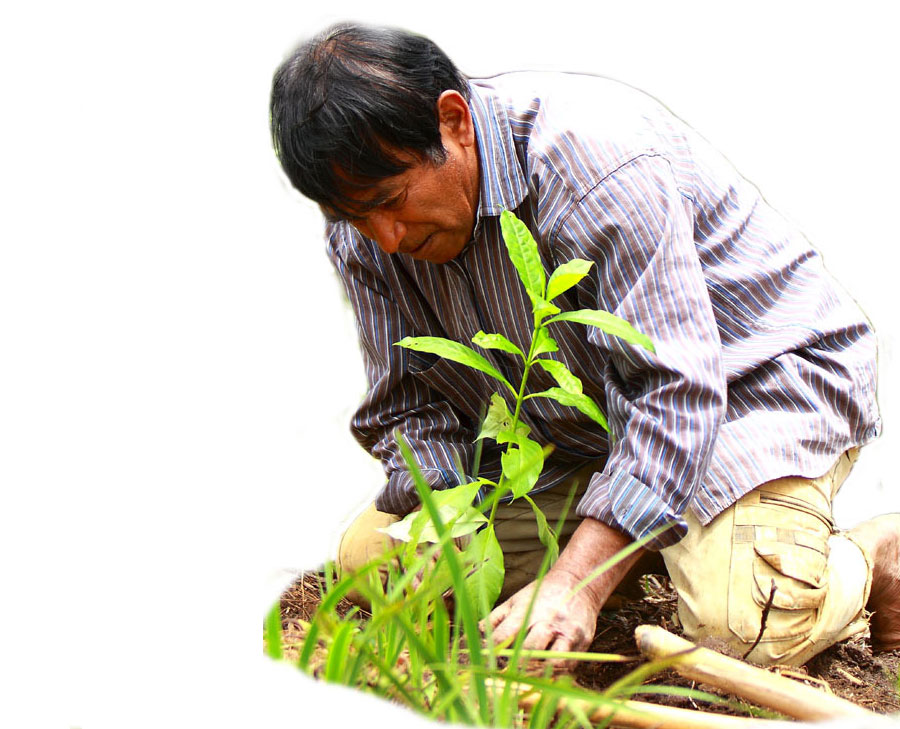..............


The Red slender loris Loris tardigradus is an endangered and endemic primate species inhabiting the wet zone of Sri Lanka; a global biodiversity hotspot. The region faces severe problems of habitat loss and fragmentation, retaining just 8% of its original forest cover, which seriously undermining the survival of L. tardigradus. The wet zone Sri Lanka also considered as the world's highest populated biodiversity hotspot and contains the highest percentage of endangered and endemic species within Sri Lanka. Several protected areas have been designated by the FD and/or DWC. However, these have limited enforcement and are often heavily encroached by villages. There are clear opportunities to tackle the drivers of biodiversity loss by increasing the capacity to protect, monitor and manage protected areas and incentivize communities to conserve forest resources. Enhancement/restoration opportunities should be explored to reconnect forest islands, promoting genetic exchange between species populations. Thus we are using the Red Slender Loris as a flagship to engender support for broader forest conservation across their range.
..............


Sinharajah World Heritage Forest, Mt. Heycock forest and Kanneliya are unique for the highest value of endemic flora and fauna in Sri Lanka.
The available montane rain forest is less than 3500 ha and estimated population size of montane loris is less than 60-100 mature individuals
Most families extract fuel wood from the forests nearby. The number of people relying on forests for fuel wood has increased exponentially with time
Read More
Encourage younger generation to learn and appreciate the environment, while protecting it and expanding the green cover

Reduction of natural habitats resulting in displacement of monkeys from areas they have used for generations to satisfy their survival needs

Nuwara Eliya is highly significant and vulnerable locations with respect to climate change due to its uniqueness of global positioning and elevation
Land Owners Restore Rainforests in SriLanka, No. A30, Maddumage Watta Gangodavila Nugegoda.